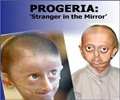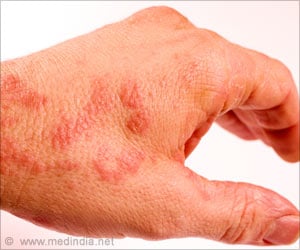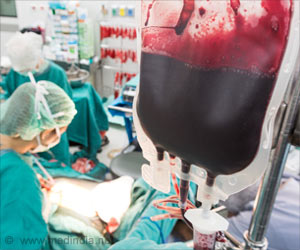The most extensive account to date of the unique observable characteristics seen in patients with an extremely rare premature aging syndrome has been provided
The most extensive account to date of the unique observable characteristics seen in patients with an extremely rare premature aging syndrome has been provided by UT Southwestern Medical Center researchers.
The findings, reported online and in the December issue of the Journal of Clinical Endocrinology and Metabolism, suggest that patients with atypical progeroid syndrome (APS) should not be lumped together with those diagnosed with two similar but more well-defined accelerated aging disorders called progeria and mandibuloacral dysplasia (MAD)."Before this paper, APS was not recognized as a distinct disease," said Dr. Abhimanyu Garg, professor of internal medicine in the Center for Human Nutrition at UT Southwestern and the study's lead author. "Although APS is extremely rare, we believe it should be a distinct entity, particularly since it seems to be less severe than either of the related disorders, and the patients show unique clinical features and metabolic abnormalities."
There are currently 24 reported cases of APS worldwide, including the 11 evaluated in the recent UT Southwestern study.
UT Southwestern is considered a leading center in the world for the study of accelerated aging disorders MAD and APS. Patients come to UT Southwestern's Clinical and Translational Research Center from around the world to be evaluated and participate in various clinical trials.
"A few other centers have reported one or two patients, but our findings on 11 patients are the most extensive to date, by far," said Dr. Garg, chief of nutrition and metabolic diseases at UT Southwestern. "The challenge was that no one had spelled out the physical characteristics unique to the atypical syndrome."
Prior research has shown that APS, MAD and progeria are all caused by mutations in the LMNA gene. Mutations in this gene also are linked to muscular dystrophies, cardiomyopathies and a body-fat disorder called familial partial lipodystrophy.
Advertisement
Unlike most individuals diagnosed with either MAD or progeria, patients evaluated in the UT Southwestern report displayed only slight evidence of scalp hair loss; their jaws were more fully developed; and only a few showed minimal resorption of fingertips or clavicles. The onset of other clinical symptoms also seemed to be delayed, potentially explaining why those with APS often live longer.
Advertisement
The next step, Dr. Garg said, is to begin clinical trials to find novel therapies that may help slow the aging process.
Source-Eurekalert
RAS









